Contents
- 1 I. Understanding Climate Classification and Its Impact on Global Climate Change
- 1.1 Primary Climatic Factors
- 1.2 Key Figures in Climate Sustainability
- 1.3 The Role of Organizations in Climate Sustainability
- 1.4 The Role of Organizations in Climate Action
- 2 II. Facts and Solutions for a Sustainable Future: Tying the Effects with Mitigations for Climate Change
- 2.1 Rising Global Temperatures and Their Effects
- 2.2 Climate Change Mitigation and Adaptation Strategies
- 2.2.1 Mitigation Strategies:
- 2.2.2 Adaptation Strategies:
- 2.2.3 The Role of Indigenous Knowledge
- 2.2.4 Education and Capacity Building
- 2.2.5 The Role of Policy and Governance
- 2.2.6 Technological Innovation and Climate Solutions
- 2.2.7 The Economic Costs and Opportunities of Climate Change
- 2.2.8 Climate Justice and Equity
- 2.2.9 Public Awareness and Engagement
- 2.2.10 Climate Change Research and Data
- 2.2.11 Biodiversity and Ecosystem Services
- 2.2.12 Urbanization and Climate Resilience
- 2.2.13 Water Resources Management
- 2.2.14 Finance and Investment for Climate Action
- 2.2.15 Cultural and Social Dimensions of Climate Change
- 2.2.16 Bolstering Resilience to the Health Impacts of Climate Change
- 3 III. Individual Actions to Mitigate Climate Change
- 4 Sign up for Mania Africa
- 5 IV. The Great Green Wall Initiative: Combatting Climate Change in Northern Africa
- 6 The Urgent Realities of Climate Change and the Increasing Urgency of Climate Action
Climate change represents one of the most pressing challenges facing humanity today, with far-reaching impacts on both our environment and societies. As global temperatures rise, driven predominantly by human activities such as the burning of fossil fuels and deforestation, the urgency to understand and address this crisis has never been greater. This article delves into the fundamental aspects of climate change, including the key climatic factors, the significant rise in temperatures, and the various impacts this phenomenon has on our planet.
Featured: Upgrade Your Connectivity with Verizon – Exclusive Deals Inside!
Ready to experience unparalleled connectivity? With Verizon, you get lightning-fast speeds, reliable coverage, and the latest tech innovations.
Whether you’re streaming your favorite shows, working remotely, or staying connected with loved ones, Verizon has you covered. Don’t settle for less—upgrade to the best network in America today.
Join millions of satisfied customers who trust Verizon for their communication needs. Make the smart switch now and stay connected like never before!
Click below to discover exclusive deals and find the perfect plan tailored to your needs.
We may earn a commission when you make a purchase.
Understanding climate change requires an exploration of its underlying causes and the major international agreements aimed at combating it. This includes pivotal climate pacts such as the Kyoto Protocol and the Paris Agreement, which play crucial roles in setting global targets for reducing greenhouse gas emissions and fostering international cooperation. The article also highlights the crucial role of sustainable development in mitigating climate change and ensuring a resilient future for all.
As temperatures continue to rise, we are witnessing unprecedented environmental changes, from increased frequency of extreme weather events to rising sea levels and disrupted ecosystems. These changes have wide-ranging effects, impacting everything from agriculture and food security to human health and economic stability.
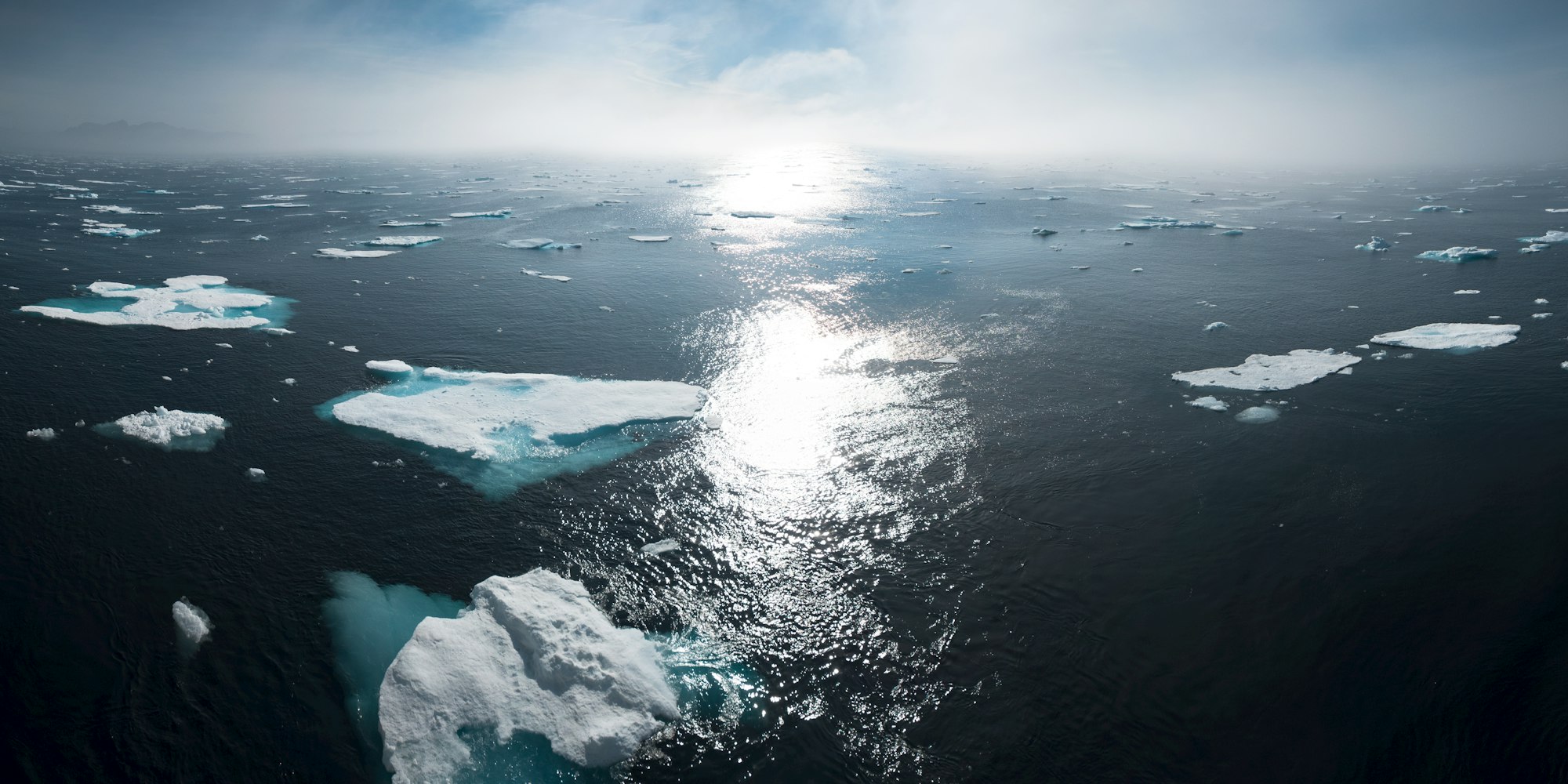
In addressing these challenges, both individuals and organizations have pivotal roles to play. From adopting sustainable practices in daily life to participating in global initiatives, collective action is essential for effective climate change mitigation. This article also discusses the involvement of key figures and organizations, such as the United Nations and NGOs like Greenpeace, in spearheading climate action and raising awareness.
Finally, the article explores innovative projects such as the Green Wall of Forest initiative across Northern Africa, which aims to combat desertification and enhance carbon sequestration. These efforts are integral to the broader fight against climate change, offering hope and tangible solutions for a more sustainable future.
I. Understanding Climate Classification and Its Impact on Global Climate Change
The Köppen climate classification system, developed in 1900 by the Russian-German scientist Wladimir Köppen, remains one of the most familiar systems used to categorize the world’s climates. This system classifies climates based on temperature and precipitation, which are primary climatic factors. These elements are essential in defining different climates globally, influencing weather patterns, ecosystems, and human activities.
Primary Climatic Factors
Temperature: Temperature is a fundamental climatic factor, determining the heat energy available in a region. It influences weather patterns, vegetation, and wildlife. Temperature variations are significant across different latitudes and altitudes, shaping the climate zones of the Earth.
Precipitation: This includes all forms of water, such as rain, snow, sleet, and hail, that fall from the atmosphere to the Earth’s surface. Precipitation is crucial in determining the moisture availability in an area, affecting ecosystems, agriculture, and human activities.
Wind: Wind is another primary climatic factor, affecting weather patterns, temperature distribution, and moisture transfer. It plays a significant role in the transfer of heat and moisture around the globe.
Solar Radiation: The amount of sunlight received influences temperature and weather patterns. Solar radiation varies with latitude, season, and time of day, impacting the energy balance of the Earth‘s surface.

Humidity: The amount of water vapor in the air affects precipitation, cloud formation, and temperature. Humidity levels are critical in determining the comfort and habitability of different regions.
Atmospheric Pressure: Atmospheric pressure influences wind patterns and weather systems. It affects the movement of air masses, leading to various weather conditions such as storms, cyclones, and anticyclones.
Key Figures in Climate Sustainability
The fight against climate change has seen the rise of numerous influential figures who have significantly contributed to climate sustainability through research, activism, policy, and innovation. Here are some key figures:
Greta Thunberg
A Swedish environmental activist, Greta Thunberg, gained international recognition for her powerful speeches and her “Fridays for Future” movement, where students worldwide skip school on Fridays to protest for climate action. Thunberg’s straightforward and uncompromising approach has galvanized global youth and brought attention to the urgent need for climate action.
Al Gore
Former U.S. Vice President Al Gore has been a prominent climate activist for decades. His documentary “An Inconvenient Truth” and subsequent book highlighted the dangers of climate change and the need for immediate action. Gore’s work has been instrumental in raising public awareness and advocating for renewable energy solutions.
“An Inconvenient Truth makes the compelling case that global warming is real, man-made, and its effects will be cataclysmic if we don’t act now”.
[Source: AlGore.com]
Watch the Trailer for ‘An Inconvenient Truth’
Wangari Maathai
Wangari Maathai, a Kenyan environmental and political activist, founded the Green Belt Movement, which focuses on tree planting, environmental conservation, and women’s rights. She was awarded the Nobel Peace Prize in 2004 for her contributions to sustainable development, democracy, and peace.

James Hansen
An American climatologist, James Hansen, is known for his research on climate change and his early warnings about global warming. His testimony before the U.S. Congress in 1988 was a pivotal moment in bringing climate change to the forefront of scientific and public discourse.
Christiana Figueres
As the Executive Secretary of the UN Framework Convention on Climate Change (UNFCCC) from 2010 to 2016, Christiana Figueres played a crucial role in negotiating the Paris Agreement. Her leadership and diplomatic skills were key in bringing together countries to commit to reducing greenhouse gas emissions.
The Role of Organizations in Climate Sustainability
The United Nations (UN)
The UN plays a central role in coordinating international efforts to combat climate change. Key UN bodies and agreements include:
UN Framework Convention on Climate Change (UNFCCC)
Established to address climate change, the UNFCCC facilitates international negotiations and agreements, such as the Kyoto Protocol and the Paris Agreement, which aim to reduce global greenhouse gas emissions.
Intergovernmental Panel on Climate Change (IPCC)
The IPCC assesses scientific information related to climate change, providing comprehensive reports that inform global policy and decision-making.
United Nations Environment Programme (UNEP)
UNEP promotes environmental sustainability through research, advocacy, and partnerships, addressing issues such as biodiversity, pollution, and climate change.
Non-Governmental Organizations (NGOs)
Greenpeace
Known for its direct action and advocacy, Greenpeace campaigns on various environmental issues, including climate change, deforestation, and ocean protection. Greenpeace’s efforts to expose environmental injustices and lobby for policy changes have had a significant impact on public awareness and government action.
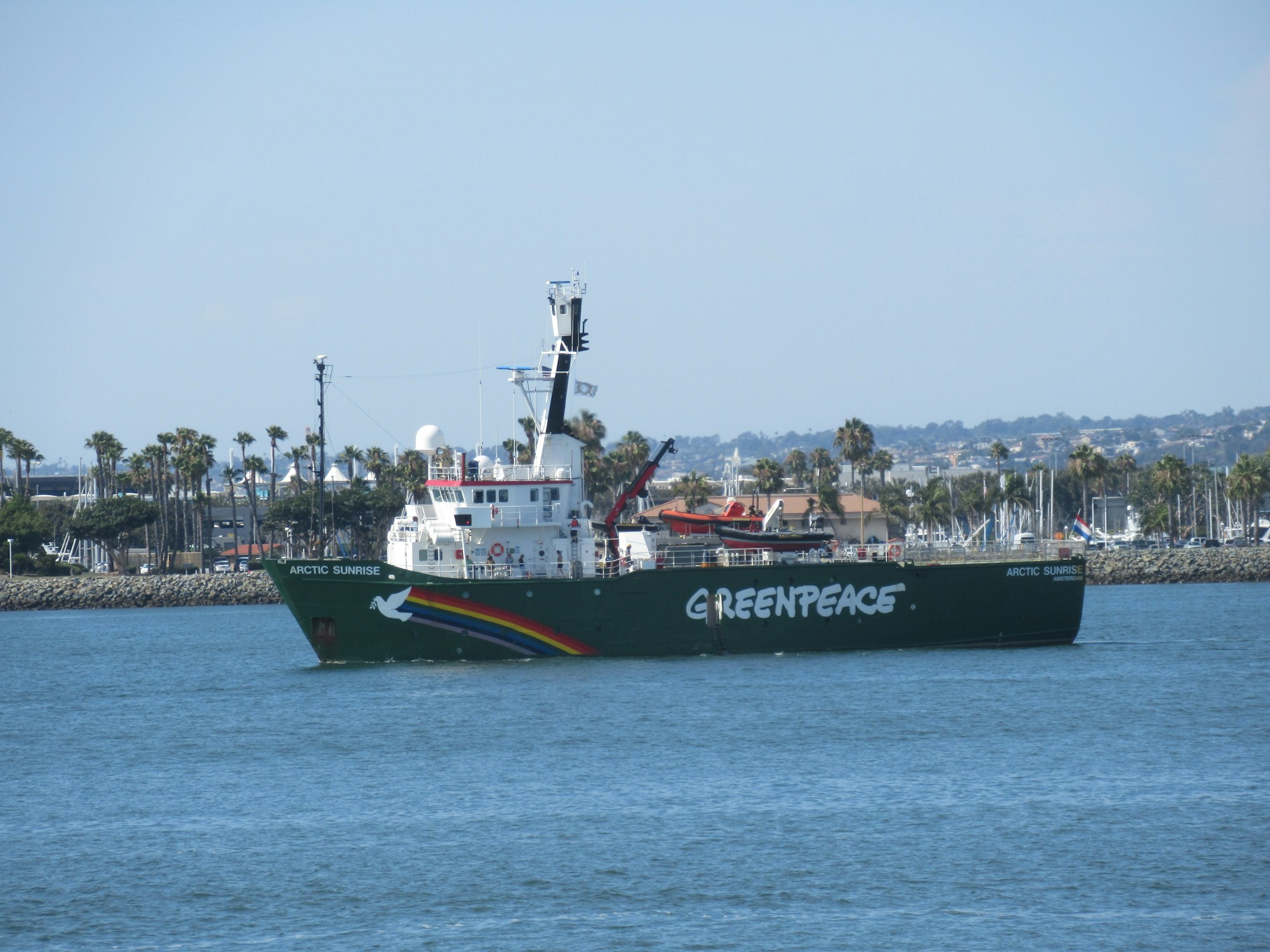
World Wildlife Fund (WWF)
WWF focuses on conservation and environmental sustainability, working on issues like wildlife protection, forest conservation, and climate change. WWF’s Climate Savers program partners with businesses to reduce their carbon footprint and promote sustainable practices.
The Sierra Club
One of the oldest environmental organizations in the U.S., the Sierra Club advocates for clean energy, conservation, and climate action. Their campaigns and grassroots activism have been instrumental in pushing for environmental policies and protecting natural landscapes.
Friends of the Earth
This global network of environmental organizations works to promote sustainable development and environmental justice. Friends of the Earth campaigns on issues such as climate change, biodiversity, and corporate accountability.
The Role of Organizations in Climate Action
Policy Advocacy: Both UN bodies and NGOs advocate for stronger climate policies at national and international levels. They work to influence legislation, promote renewable energy, and push for reductions in greenhouse gas emissions.
Research and Education: Organizations like the IPCC and WWF conduct research to better understand climate change and its impacts. They also educate the public and policymakers on the importance of sustainability and the urgent need for climate action.
Grassroots Mobilization: NGOs like Greenpeace and the Sierra Club mobilize communities and individuals to take action on climate change. Through campaigns, protests, and community organizing, they raise awareness and drive collective action.
Funding and Support: The UN and NGOs provide funding and technical support for climate adaptation and mitigation projects, particularly in developing countries. This includes renewable energy initiatives, conservation programs, and sustainable agriculture projects.
Key figures in climate sustainability have played vital roles in raising awareness, conducting research, and advocating for policy changes. Organizations such as the UN and NGOs like Greenpeace are crucial in coordinating global efforts, advocating for stronger policies, and mobilizing communities to take action. Together, these individuals and organizations drive the collective effort needed to combat climate change and promote a sustainable future.
II. Facts and Solutions for a Sustainable Future: Tying the Effects with Mitigations for Climate Change
Rising Global Temperatures and Their Effects
The Earth’s average temperature has risen significantly over the past century, primarily due to human activities such as burning fossil fuels, deforestation, and industrial processes. This increase in temperature, known as global warming, has far-reaching effects on the environment, ecosystems, and human societies.
Melting Glaciers and Rising Sea Levels: One of the most visible impacts of rising temperatures is the melting of glaciers and polar ice caps. This contributes to rising sea levels, which threaten coastal communities and ecosystems. Low-lying areas are particularly vulnerable to flooding and erosion.
Extreme Weather Events: Higher temperatures lead to more frequent and intense extreme weather events, such as heatwaves, hurricanes, droughts, and heavy rainfall. These events can cause significant damage to infrastructure, agriculture, and human health.
Ecosystem Disruption: Climate change affects ecosystems by altering habitats, food availability, and species distribution. Many species are forced to migrate or adapt to changing conditions, leading to shifts in biodiversity. Some species may face extinction if they cannot adapt quickly enough.
Impact on Agriculture: Changes in temperature and precipitation patterns can affect crop yields and food production. Some regions may experience increased productivity, while others may face declines due to droughts, heat stress, and changing growing seasons.
Human Health: Rising temperatures can exacerbate health issues such as heat-related illnesses, respiratory problems, and the spread of vector-borne diseases. Vulnerable populations, including the elderly, children, and low-income communities, are at higher risk.
Climate Change Mitigation and Adaptation Strategies
To address the challenges of climate change, both mitigation and adaptation strategies are essential. Mitigation focuses on reducing greenhouse gas emissions to slow down global warming, while adaptation aims to minimize the impacts of climate change on societies and ecosystems.
Mitigation Strategies:
- Reducing Greenhouse Gas Emissions: This involves transitioning to renewable energy sources, improving energy efficiency, and adopting low-carbon technologies. Replacing fossil fuels with solar, wind, hydro, and geothermal energy is crucial in reducing emissions.
- Carbon Capture and Storage (CCS): CCS technology captures carbon dioxide emissions from industrial processes and power plants and stores them underground to prevent them from entering the atmosphere.
- Protecting and Enhancing Carbon Sinks: Forests, wetlands, and oceans act as carbon sinks, absorbing carbon dioxide from the atmosphere. Protecting these ecosystems and enhancing their capacity to sequester carbon is vital in mitigating climate change.

Adaptation Strategies:
- Building Resilient Infrastructure: Developing infrastructure that can withstand extreme weather events and rising sea levels is essential in reducing vulnerability to climate change impacts. This includes building flood-resistant homes, improving drainage systems, and reinforcing coastal defenses.
- Sustainable Agriculture Practices: Implementing drought-resistant crops, efficient water management, and soil conservation techniques can help farmers adapt to changing climate conditions. Diversifying crops and adopting agroforestry practices can also enhance resilience.
- Community-Based Adaptation: Engaging local communities in climate adaptation efforts ensures that strategies are tailored to specific needs and conditions. This includes raising awareness, providing education, and involving communities in decision-making processes.
The Role of Indigenous Knowledge
Indigenous knowledge and skills play a crucial role in climate change adaptation and mitigation. Indigenous communities have developed sustainable practices over centuries, which can offer valuable insights into managing natural resources and adapting to environmental changes.
Traditional Agricultural Practices: Indigenous farmers often use traditional agricultural techniques that are well-suited to local environmental conditions. These practices, such as crop rotation, polyculture, and agroforestry, enhance soil fertility, conserve water, and improve resilience to climate variability.
Natural Resource Management: Indigenous communities have a deep understanding of local ecosystems and biodiversity. Their knowledge of sustainable hunting, fishing, and gathering practices contributes to the conservation of natural resources and the protection of carbon sinks.
Cultural and Spiritual Values: Indigenous cultures often emphasize the interconnectedness of humans and nature. This holistic worldview promotes sustainable living and stewardship of the environment, aligning with the principles of sustainable development.
Education and Capacity Building
Education is fundamental in addressing climate change and promoting sustainable development. It empowers individuals and communities with the knowledge, skills, and values needed to take action and build resilience to climate impacts.
Climate Change Education: Integrating climate change education into school curricula and public awareness campaigns is essential in raising awareness and fostering a culture of sustainability. Education can help individuals understand the science of climate change, its impacts, and the solutions available.
Skills Development: Developing green skills, such as renewable energy technologies, sustainable agriculture practices, and environmental management, is critical in creating a workforce capable of addressing climate challenges. Vocational training and higher education programs should prioritize these skills.
Community Engagement: Engaging communities in climate action initiatives ensures that local knowledge and perspectives are incorporated into decision-making processes. Community-based education and participatory approaches enhance the effectiveness of adaptation and mitigation efforts.

The Role of Policy and Governance
Importance of Policy and Governance: Effective policies and governance structures are critical in addressing climate change. Governments at all levels play a crucial role in creating and enforcing regulations that reduce greenhouse gas emissions, protect natural resources, and promote sustainable development.
International Cooperation: Climate change is a global issue that requires international cooperation. Agreements like the Paris Agreement highlight the need for countries to work together to set targets, share technology, and provide financial support to developing nations. This cooperation is essential in achieving significant reductions in global emissions.
National and Local Policies: National governments can implement policies such as carbon pricing, renewable energy incentives, and emission reduction targets. Local governments can also play a vital role by implementing climate action plans, promoting sustainable urban development, and encouraging community-based initiatives.
Technological Innovation and Climate Solutions
Renewable Energy Technologies: The transition to renewable energy sources such as solar, wind, hydro, and geothermal power is essential in reducing reliance on fossil fuels. Innovations in energy storage, smart grids, and energy efficiency can enhance the effectiveness and reliability of renewable energy systems.
Carbon Capture and Storage (CCS): Technological advancements in CCS can significantly reduce emissions from industrial processes and power plants. Continued research and development are necessary to make these technologies more efficient and cost-effective.
Sustainable Agriculture and Food Systems: Technological innovations in agriculture, such as precision farming, vertical farming, and genetic engineering, can improve crop yields and resilience to climate change. Sustainable food systems also include reducing food waste and promoting plant-based diets to lower the carbon footprint of food production.

The Economic Costs and Opportunities of Climate Change
Economic Costs of Climate Change: The economic impacts of climate change are significant, including damage to infrastructure, loss of agricultural productivity, and increased healthcare costs. Addressing these impacts requires substantial investment in adaptation and mitigation measures.
Green Economy: Transitioning to a green economy presents opportunities for economic growth and job creation. Investments in renewable energy, energy efficiency, and sustainable infrastructure can drive economic development while reducing environmental impacts.
Just Transition: Ensuring a just transition for workers and communities affected by the shift away from fossil fuels is essential. Policies and programs that support retraining, social protection, and economic diversification can help mitigate the social and economic impacts of this transition.
Climate Justice and Equity
Vulnerability of Developing Countries: Developing countries are often the most vulnerable to the impacts of climate change due to limited resources, weaker infrastructure, and greater reliance on climate-sensitive sectors like agriculture. Climate justice emphasizes the need to support these countries in building resilience and adapting to climate change.

Equitable Climate Action: Climate action must consider the needs and rights of marginalized and vulnerable communities, including indigenous peoples, women, and low-income populations. Equitable climate policies ensure that the benefits and burdens of climate action are shared fairly.
Loss and Damage: The concept of loss and damage addresses the irreversible impacts of climate change that cannot be mitigated or adapted to, such as sea level rise and extreme weather events. International mechanisms for loss and damage are crucial in providing financial and technical support to affected communities.
Public Awareness and Engagement
Raising Awareness: Public awareness campaigns play a crucial role in educating people about the causes and impacts of climate change and the importance of sustainable development. Effective communication strategies can inspire individuals and communities to take action.
Youth Engagement: Engaging young people in climate action is essential for building a sustainable future. Educational programs, youth-led initiatives, and opportunities for participation in decision-making processes can empower young people to become climate leaders.
Behavioral Change: Encouraging sustainable behaviors, such as reducing energy consumption, using public transportation, and supporting eco-friendly products, is essential in mitigating climate change. Public policies and incentives can help promote these behaviors.
Climate Change Research and Data
Scientific Research: Continued scientific research is vital in understanding the complexities of climate change and developing effective solutions. Research institutions, universities, and government agencies play a key role in advancing climate science and technology.
Climate Data and Monitoring: Accurate climate data and monitoring systems are essential for tracking climate trends, assessing impacts, and informing policy decisions. Investments in climate observation networks and data-sharing platforms are crucial for effective climate action.
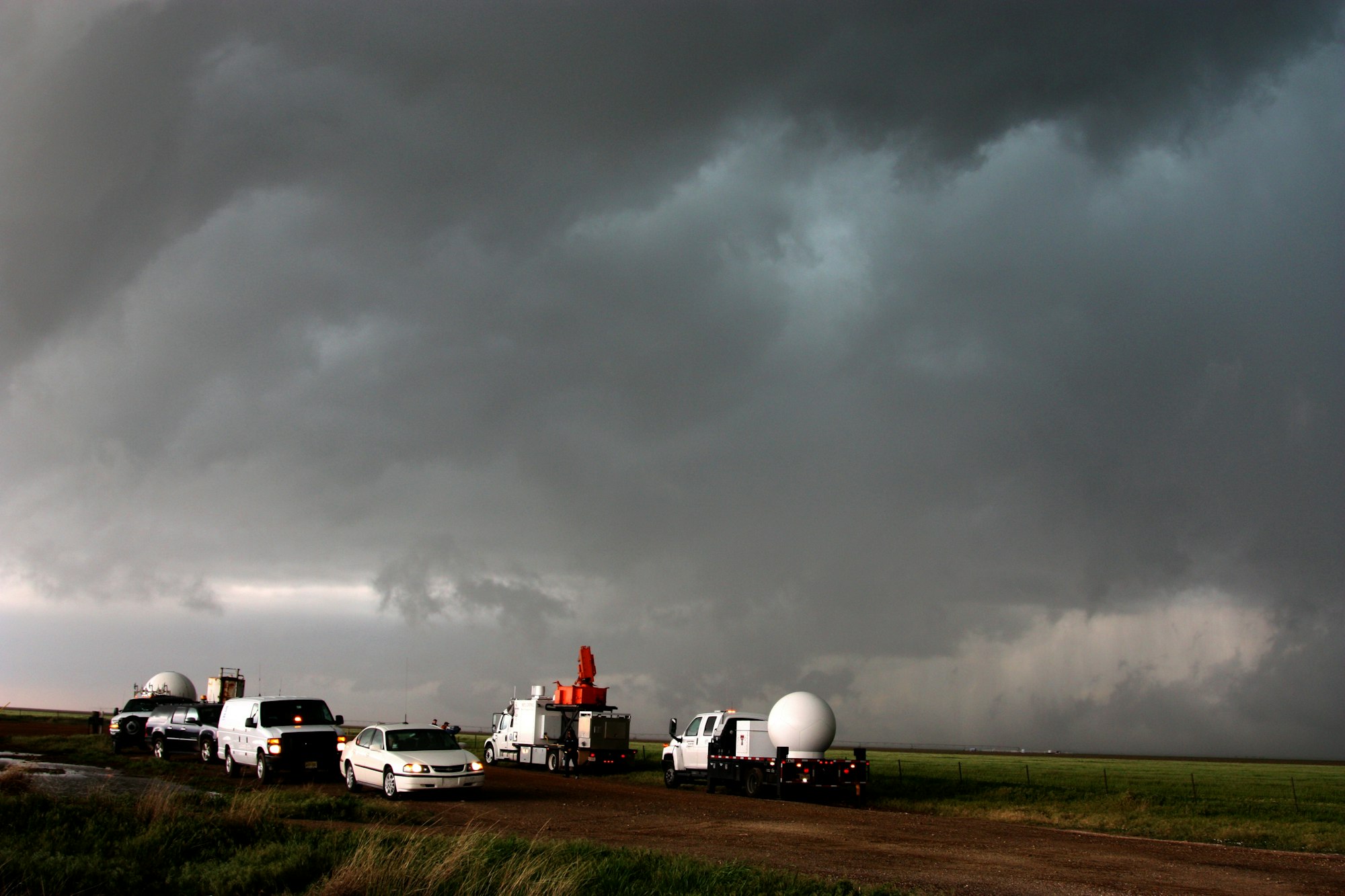
Interdisciplinary Approaches: Addressing climate change requires interdisciplinary approaches that integrate knowledge from various fields, including environmental science, economics, sociology, and engineering. Collaborative research can lead to innovative and holistic solutions.
Biodiversity and Ecosystem Services
Loss of Biodiversity: Climate change poses a significant threat to biodiversity, with many species facing increased risk of extinction due to shifting habitats, altered food availability, and changing weather patterns.

Ecosystem Services: Healthy ecosystems provide essential services such as water purification, pollination, and carbon sequestration. Protecting and restoring ecosystems can enhance their resilience to climate impacts and support sustainable development.
Conservation Strategies: Implementing conservation strategies, such as creating protected areas, restoring degraded habitats, and promoting sustainable land use practices, is critical for preserving biodiversity and ecosystem services.
Urbanization and Climate Resilience
Urbanization Trends: Rapid urbanization in many parts of the world, particularly in developing countries, presents both challenges and opportunities for climate resilience. Urban areas are often highly vulnerable to climate impacts such as heatwaves, flooding, and sea-level rise.
Sustainable Urban Planning: Integrating climate resilience into urban planning involves designing cities that are sustainable, energy-efficient, and adaptable to changing climate conditions. This includes green infrastructure, sustainable transportation systems, and resilient buildings.
Community Engagement: Engaging urban communities in climate resilience efforts is vital. Community-based initiatives can enhance local adaptive capacities and ensure that resilience measures are tailored to the specific needs and vulnerabilities of urban populations.
Water Resources Management
Water Scarcity: Climate change exacerbates water scarcity in many regions, affecting agriculture, industry, and domestic water supply. Effective water management strategies are needed to ensure sustainable water use and availability.
Integrated Water Resources Management (IWRM): IWRM approaches involve managing water resources in a holistic and coordinated manner, considering the interconnections between water, land, and ecosystems. This approach can improve water security and resilience to climate impacts.
Infrastructure Investments: Investing in resilient water infrastructure, such as dams, reservoirs, and irrigation systems, can help mitigate the impacts of climate change on water resources and support sustainable development.
Finance and Investment for Climate Action
Climate Finance: Mobilizing financial resources for climate action is crucial for both mitigation and adaptation. This includes public funding, private investment, and international financial mechanisms such as the Green Climate Fund.
Sustainable Investment: Encouraging sustainable investment involves redirecting financial flows towards low-carbon, climate-resilient development. This can be achieved through policies and incentives that promote green finance and discourage investments in fossil fuels.

Financial Inclusion: Ensuring that vulnerable communities have access to financial resources for climate adaptation is essential. Microfinance, insurance schemes, and community-based finance initiatives can support local resilience efforts.
Cultural and Social Dimensions of Climate Change
Cultural Heritage: Climate change threatens cultural heritage sites and practices, particularly in communities that rely on traditional knowledge and ways of life. Preserving cultural heritage is an important aspect of climate resilience and adaptation.
Social Equity: Addressing social equity in climate action involves recognizing and addressing the disproportionate impacts of climate change on marginalized and vulnerable groups. Inclusive policies and programs can promote social justice and equity in climate resilience efforts.
Behavioral Change: Promoting behavioral change towards more sustainable lifestyles is critical for climate mitigation. This includes reducing energy consumption, adopting sustainable diets, and supporting environmentally friendly products and services.
Bolstering Resilience to the Health Impacts of Climate Change
Direct Health Impacts: Climate change affects health directly through extreme weather events such as heatwaves, floods, and storms, which can lead to injuries, fatalities, and mental health issues.
Indirect Health Impacts: Climate changes can also indirectly affect health by altering the distribution of diseases, reducing food and water security, and degrading air quality. For example, warmer temperatures can expand the range of vector-borne diseases such as malaria and dengue fever.
Health Systems Resilience: Strengthening health systems to withstand climate impacts is crucial. This includes improving early warning systems, enhancing emergency response capacities, and integrating climate considerations into health planning and infrastructure.

III. Individual Actions to Mitigate Climate Change
Climate change is a global challenge that requires collective action from all sectors of society, including individuals. Both urban and rural residents, as well as people in developed and underdeveloped countries, can contribute to mitigating climate change through various actions in their daily and personal lives.
Urban Areas
Energy Efficiency: Urban residents can reduce their carbon footprint by improving energy efficiency at home and work. This includes using energy-efficient appliances, switching to LED lighting, and insulating homes to reduce heating and cooling needs.
Sustainable Transportation: Choosing public transport, biking, walking, or carpooling instead of driving alone can significantly reduce greenhouse gas emissions. Additionally, electric vehicles (EVs) offer a cleaner alternative to traditional gasoline-powered cars.

Waste Reduction: Urban dwellers can minimize waste by recycling, composting, and reducing single-use plastics. Supporting products with minimal packaging and opting for reusable items can also help reduce waste.
Green Spaces: Creating and maintaining green spaces, such as gardens, parks, and green roofs, can help absorb CO2, reduce urban heat islands, and enhance biodiversity. Participating in community gardening projects can further promote sustainable living.
Rural Areas
Sustainable Agriculture: Farmers can adopt sustainable agricultural practices such as crop rotation, organic farming, agroforestry, and no-till farming to improve soil health, increase biodiversity, and reduce emissions.
Renewable Energy: Installing renewable energy sources like solar panels, wind turbines, and biogas systems can provide clean energy for rural households and reduce dependence on fossil fuels.
Water Conservation: Implementing water-saving techniques, such as rainwater harvesting, drip irrigation, and efficient water use, can conserve water resources and enhance resilience to climate impacts.
Forest Conservation: Protecting and restoring forests through reforestation and afforestation projects can sequester carbon and preserve biodiversity. Community-based forest management can ensure sustainable use of forest resources.
Developed Countries
Dietary Choices: Reducing meat consumption and choosing plant-based diets can lower greenhouse gas emissions associated with livestock production. Supporting local and organic food producers can further reduce the carbon footprint.
Energy Transition: Homeowners can invest in renewable energy systems, such as solar panels and home battery storage, to generate and store clean energy. Supporting policies and initiatives that promote the transition to renewable energy is also crucial.
Sustainable Consumption: Choosing sustainable products, supporting companies with environmentally friendly practices, and reducing overall consumption can mitigate climate impacts. Emphasizing quality over quantity and opting for second-hand items can also help.
Advocacy and Education: Educating oneself and others about climate change, supporting climate policies, and participating in environmental advocacy can drive systemic change. Voting for leaders who prioritize climate action is a powerful way to influence policy.
Underdeveloped Countries
Community-Based Adaptation: Participating in community-led adaptation projects, such as building flood-resistant infrastructure, improving water management, and enhancing agricultural resilience, can help communities cope with climate impacts.
Renewable Energy Access: Advocating for and adopting small-scale renewable energy solutions, such as solar lanterns, solar home systems, and clean cookstoves, can provide sustainable energy access and reduce reliance on traditional biomass.
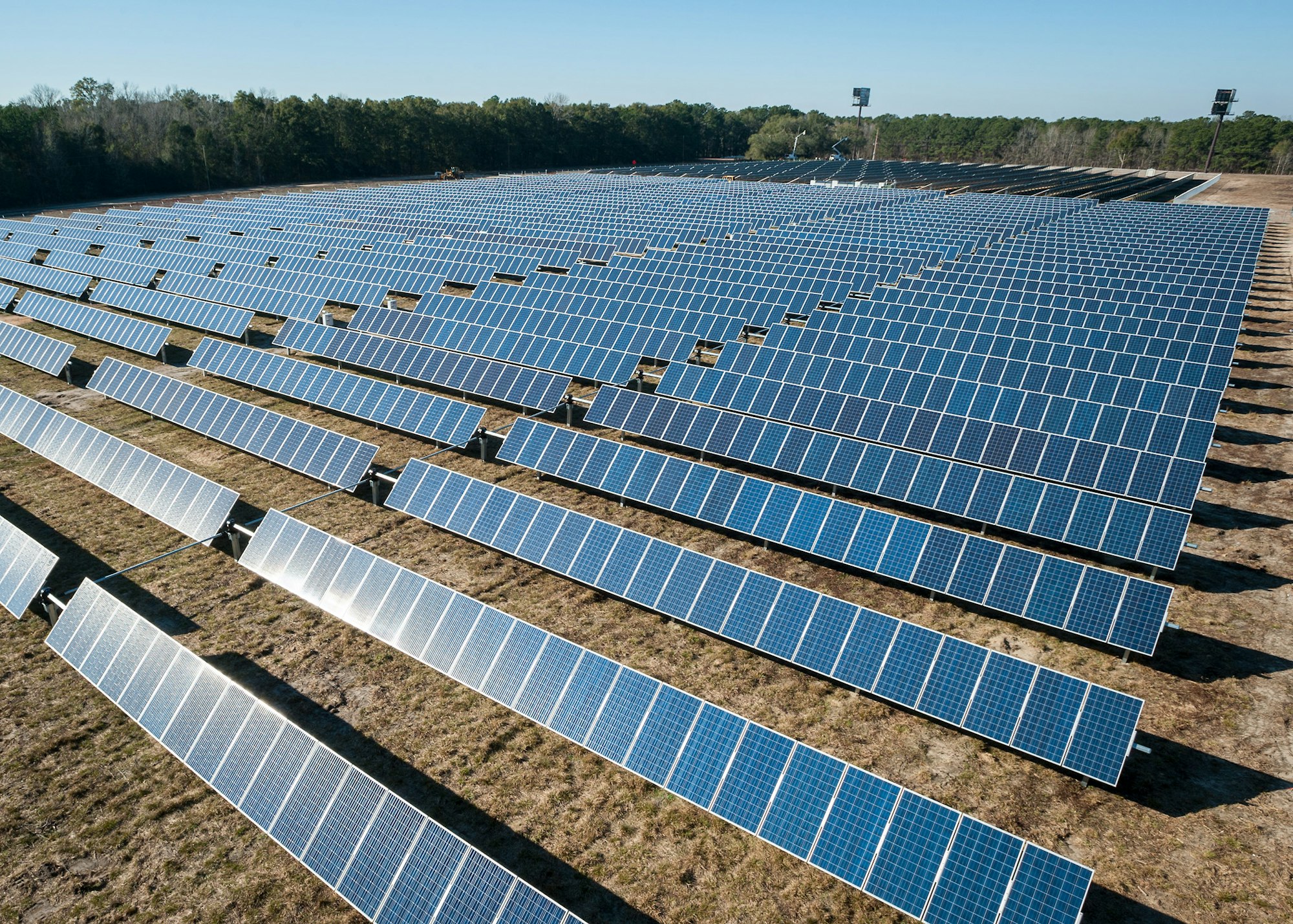
Sustainable Livelihoods: Diversifying income sources through sustainable livelihoods, such as eco-tourism, sustainable fishing, and artisanal crafts, can reduce dependence on climate-sensitive activities and enhance economic resilience.
Knowledge Sharing: Sharing traditional knowledge and practices that promote environmental stewardship and resilience can strengthen community adaptation. Engaging in knowledge exchange programs can enhance collective capacity to address climate challenges.
The Importance of Individual Actions as a Climate Solution for a Sustainable Future
Individuals play a crucial role in mitigating climate change through their daily actions and choices. Whether in urban or rural areas, developed or underdeveloped countries, everyone can contribute to a more sustainable future. By adopting energy-efficient practices, supporting sustainable transportation, reducing waste, conserving water, and advocating for climate policies, individuals can make a significant impact. Together, these efforts can help build resilient communities, protect natural resources, and ensure a healthier planet for future generations.
IV. The Great Green Wall Initiative: Combatting Climate Change in Northern Africa
What is the Great Green Wall Initiative
The Great Green Wall (GGW) initiative is an ambitious African-led movement aimed at combating desertification, improving food security, and enhancing climate resilience across the Sahel region, which spans the width of Africa from Senegal in the west to Djibouti in the east. This initiative seeks to create a mosaic of green and productive landscapes over 8,000 kilometers long and 15 kilometers wide.
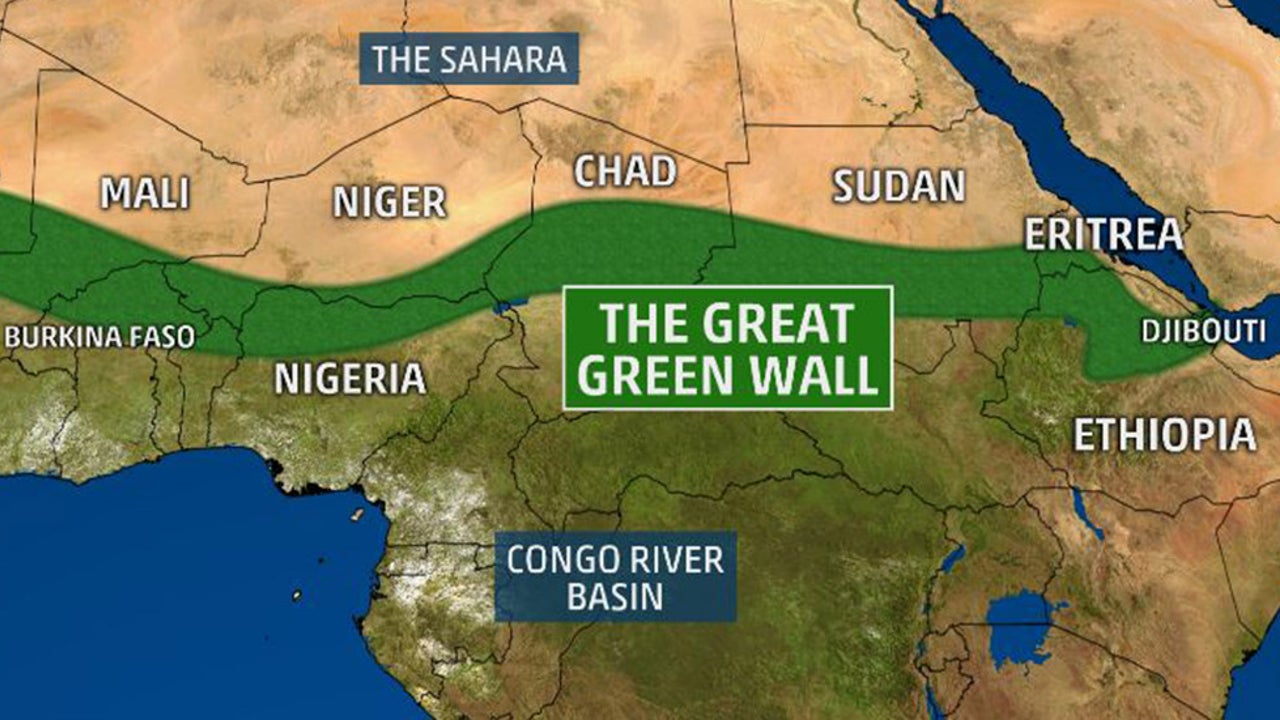
Goals and Objectives
The primary objectives of the Great Green Wall initiative include:
- Combating Desertification: By planting trees and restoring degraded lands, the initiative aims to halt the spread of deserts and rehabilitate ecosystems.
- Enhancing Food Security: Improved land productivity is expected to boost agricultural yields and ensure food security for millions of people.
- Promoting Sustainable Livelihoods: The initiative creates jobs and sustainable livelihoods in agriculture, forestry, and related sectors.
- Strengthening Climate Resilience: By restoring natural ecosystems, the initiative enhances the resilience of communities to the impacts of climate change.
Complementing the Fight Against Climate Change
The Great Green Wall initiative plays a crucial role in the broader fight against climate change through various mechanisms:
Carbon Sequestration: Trees and vegetation planted as part of the GGW absorb carbon dioxide from the atmosphere, acting as significant carbon sinks. This helps reduce the overall concentration of greenhouse gases, mitigating global warming.
Soil Restoration: The initiative promotes sustainable land management practices that restore soil fertility. Healthy soils store carbon more effectively and support robust agricultural systems, thereby contributing to both climate mitigation and adaptation.
Biodiversity Conservation: By restoring diverse ecosystems, the GGW supports a wide range of plant and animal species. Biodiversity enhances ecosystem resilience, helping regions withstand and recover from climate-induced stresses.
Water Management: Vegetation planted as part of the initiative improves water retention and reduces soil erosion. This stabilizes local water cycles, ensuring more reliable water supplies for agriculture and human consumption, even in the face of changing climate patterns.
Community Empowerment: The GGW initiative involves local communities in planning and implementation, promoting ownership and sustainability. Education and capacity-building efforts equip communities with the knowledge and skills needed to manage natural resources effectively, adapt to climate changes, and build resilient livelihoods.
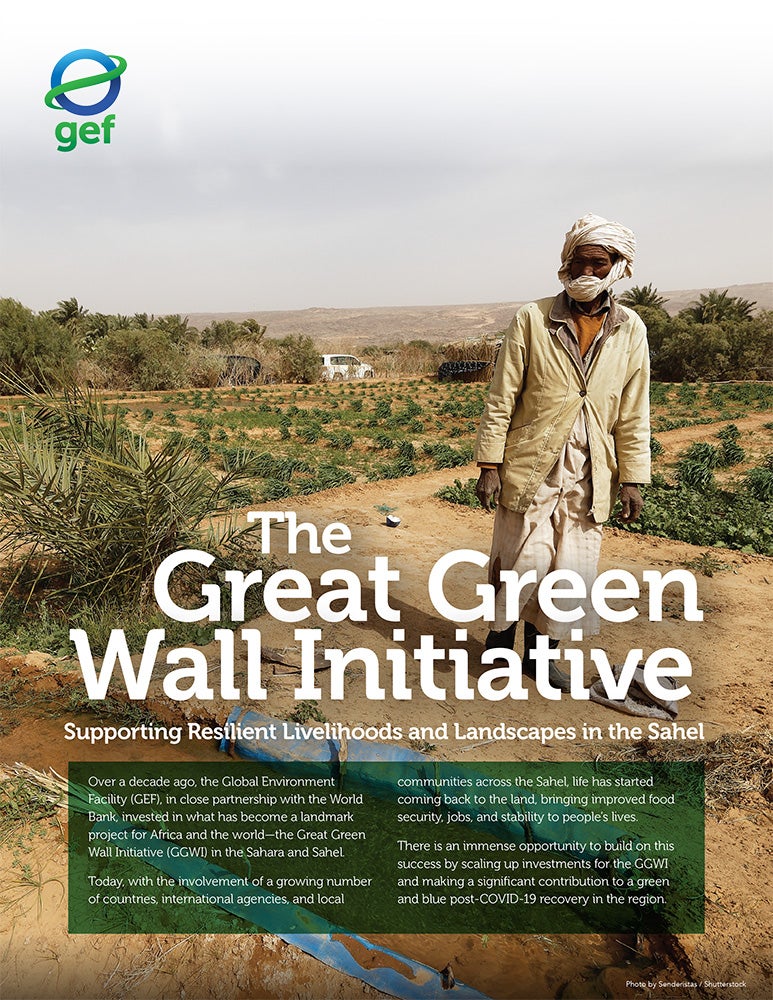
Progress and Achievements
Since its inception, the Great Green Wall initiative has made significant strides:
Land Restoration: Millions of hectares of land have been restored through tree planting, sustainable agriculture, and water conservation techniques. This has resulted in improved soil health, increased agricultural productivity, and enhanced biodiversity.
Economic Benefits: The initiative has created thousands of jobs in rural areas, reducing poverty and enhancing economic stability. By diversifying income sources, communities become less vulnerable to the impacts of climate change.
Policy Integration: The GGW has fostered greater collaboration among African nations, integrating land restoration and climate resilience into national policies and development plans. This collective effort strengthens regional stability and cooperation.
Global Recognition and Support: The initiative has garnered international support, with funding and technical assistance from organizations such as the African Union, the World Bank, and the United Nations. This global backing highlights the importance of the GGW as a model for sustainable development and climate action.
Challenges and Future Directions
Despite its successes, the Great Green Wall initiative faces several challenges:
Funding Gaps: Securing consistent and adequate funding is crucial for the long-term success of the initiative. Efforts to attract investment from both public and private sectors continue to be a priority.
Coordination and Governance: Effective coordination among the 21 participating countries is essential. Strengthening governance structures and ensuring transparent, inclusive decision-making processes are critical for sustaining progress.
Climate Variability: The Sahel region is highly susceptible to climate variability, including prolonged droughts and unpredictable rainfall patterns. Adaptive management strategies are needed to address these challenges and ensure the resilience of restoration efforts.

Community Engagement: Sustained community involvement is vital. Empowering local populations with education, resources, and decision-making authority will ensure that the benefits of the initiative are maintained and expanded over time.
The Great Green Wall Initiative in Summary
The Great Green Wall initiative represents a visionary and practical approach to addressing some of the most pressing environmental and socio-economic challenges facing the Sahel region. By restoring degraded lands, sequestering carbon, and enhancing the resilience of communities, the GGW contributes significantly to the global fight against climate change. Continued support, innovative solutions, and collaborative efforts are essential to fully realize the potential of this transformative initiative and to create a sustainable, resilient future for the Sahel and beyond.
The Urgent Realities of Climate Change and the Increasing Urgency of Climate Action
The urgency of addressing climate change and promoting sustainable development has never been more apparent. From the establishment of critical climate pacts like the Kyoto Protocol and the Paris Agreement to the ambitious Great Green Wall initiative in Africa, global efforts are increasingly focused on both mitigating climate impacts and adapting to inevitable changes.
Key climatic factors such as temperature, precipitation, wind, solar radiation, humidity, and atmospheric pressure define our planet’s diverse climates and underscore the complexity of the challenges we face. With approximately 71% of the Earth’s surface covered by water and significant portions of our ecosystems dependent on stable climatic conditions, the stakes are high. Rising global temperatures are already manifesting in extreme weather events, altering ecosystems, and impacting human health and food security.
Efforts at both the international and grassroots levels are crucial. Individual actions, such as reducing energy consumption, adopting sustainable agricultural practices, and supporting renewable energy, complement broader policy and technological initiatives. In rural and urban settings alike, community engagement and education are essential for building resilience and fostering sustainable practices.
Key figures in climate sustainability, including influential scientists, activists, and policymakers, alongside organizations like the United Nations and NGOs such as Greenpeace, play a pivotal role in driving awareness and action. Their efforts in promoting climate education, advocating for policy changes, and implementing on-the-ground projects are instrumental in shaping a more sustainable future.

The Great Green Wall initiative exemplifies the transformative potential of collective action. By restoring degraded lands and enhancing food security in the Sahel, this initiative not only combats desertification but also serves as a powerful model for integrating environmental restoration with socio-economic development.
In conclusion, the path to mitigating climate change and achieving sustainable development is multifaceted, requiring coordinated efforts at every level of society. Through global cooperation, innovative solutions, and steadfast commitment to environmental stewardship, we can navigate the challenges of climate change and ensure a resilient and sustainable future for generations to come.
We hope you enjoyed our article, do what you can to contribute to ensuring that we care for the earth as it has cared for us. Even the littlest of efforts multiplied by a population of 8 billion could go a long way in securing a future for the earth. Ask yourself: what world do you want your grandkids and their grandkids to live in?
We only have this one planet and as much as it can be without us, we cannot be without it.









